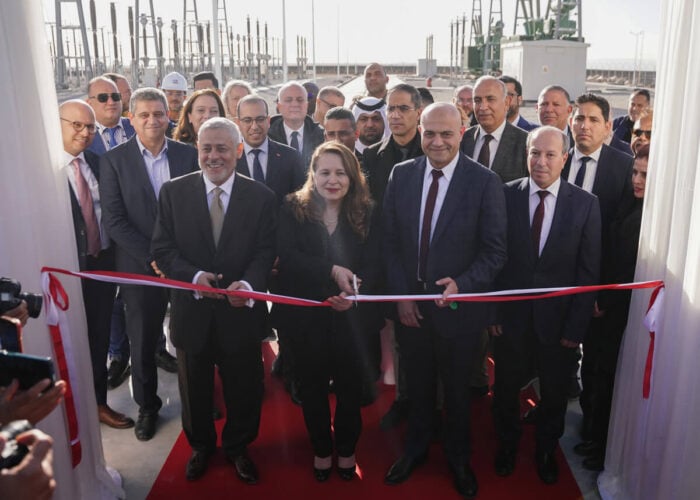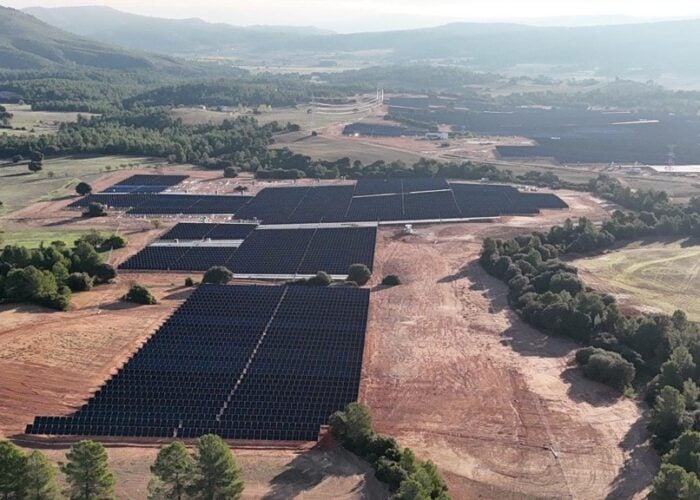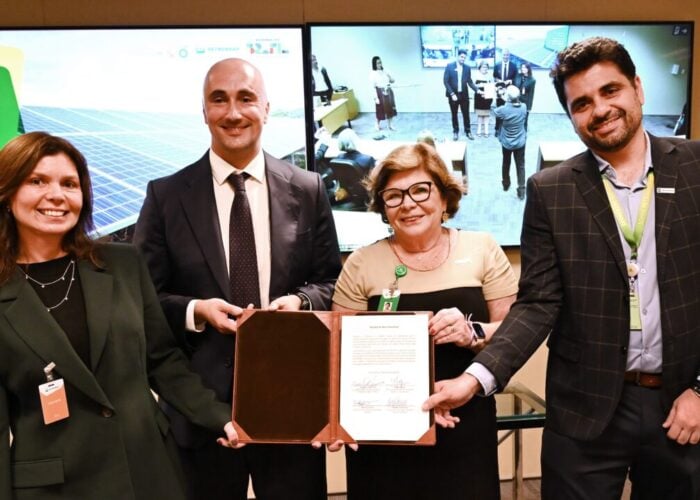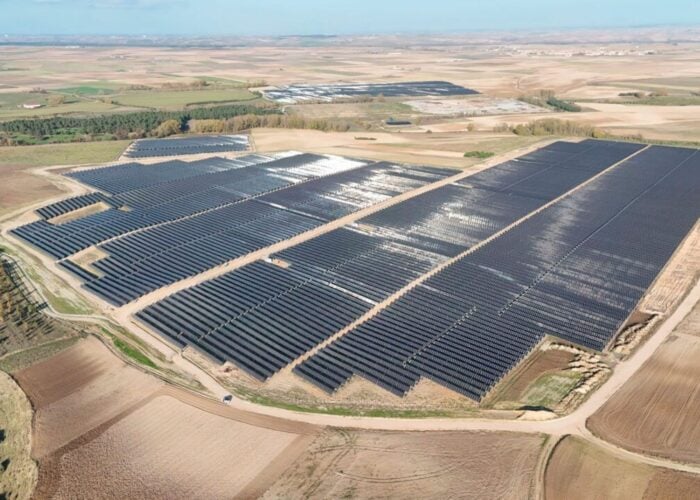2005, claims that it is aiming to achieve a 90 percent reduction in the
amount of silicon its technology requires with a 50 percent energy
budget reduction and a reduction in capital equipment costs of 50
percent. This combination of crystalline silicon (c-Si) PV efficiency
with thin film manufacturing economics will be presented for the first
time at the www.ibfconferences.com nanotechnology investment forum in Palm Springs, February 6.
On its website the company is claiming that its
proprietary technology uses less than 0.5 grams/watt of polysilicon
based on a 10 micron thick film while achieving conventional
polysilicon PV efficiencies at 40 percent of the energy budget and 40
percent of the capital cost of an equivalent 100MW annual production
level.
Try Premium for just $1
- Full premium access for the first month at only $1
- Converts to an annual rate after 30 days unless cancelled
- Cancel anytime during the trial period
Premium Benefits
- Expert industry analysis and interviews
- Digital access to PV Tech Power journal
- Exclusive event discounts
Or get the full Premium subscription right away
Or continue reading this article for free
“If we had to invent solar panels today we would certainly use silicon
because that is a very well known material with a proven field life of
20+ years in solar PV applications. But we would not pull ingots, saw
6″ diameter wafers, and wire them together to manufacture a solar PV
module,” commented Anikara Rangappan, CEO at AOS Solar, Inc. “Current
high efficiency silicon solar cells have a very high materials cost and
the manufacturing cost for both cells and modules is too high. We think
research has shown us a better way and we are on the path to solve the
volume manufacturing challenges.”
AOS Solar also claims on its
website that it will use a substrate size of 2.5′ x 4′ glass and has
initial plans to scale the technology to 30MW plus, annual capacity
based on Series A funding.






